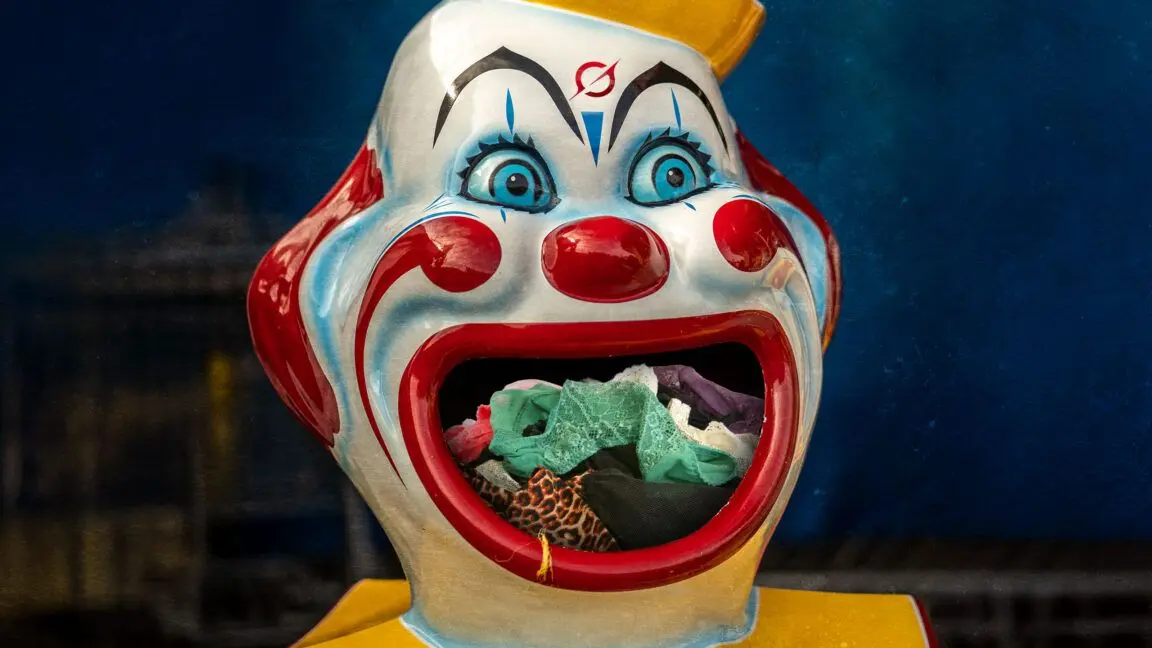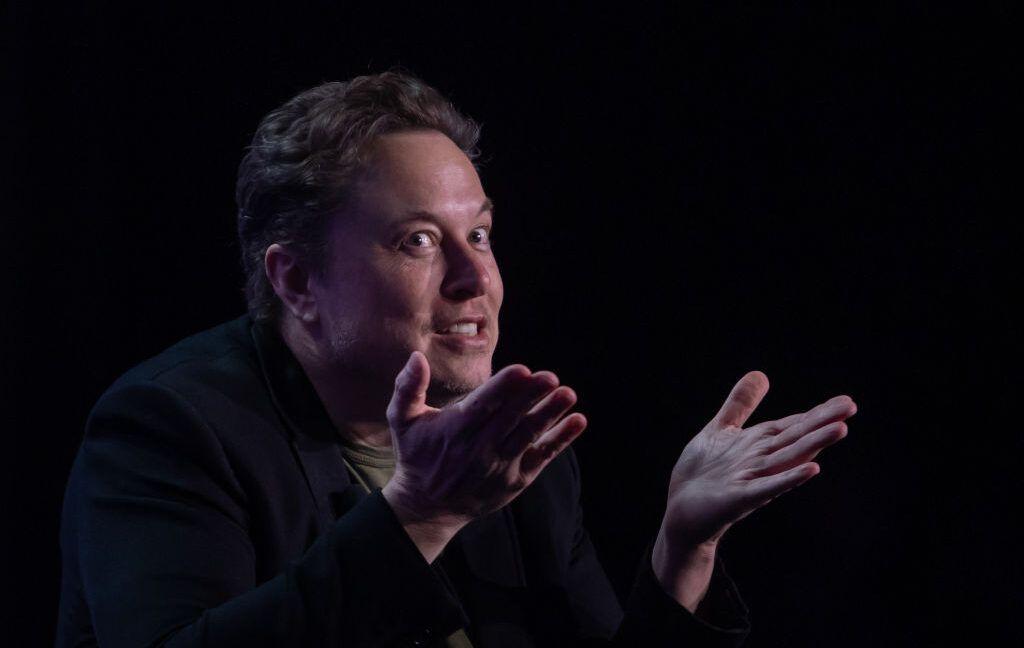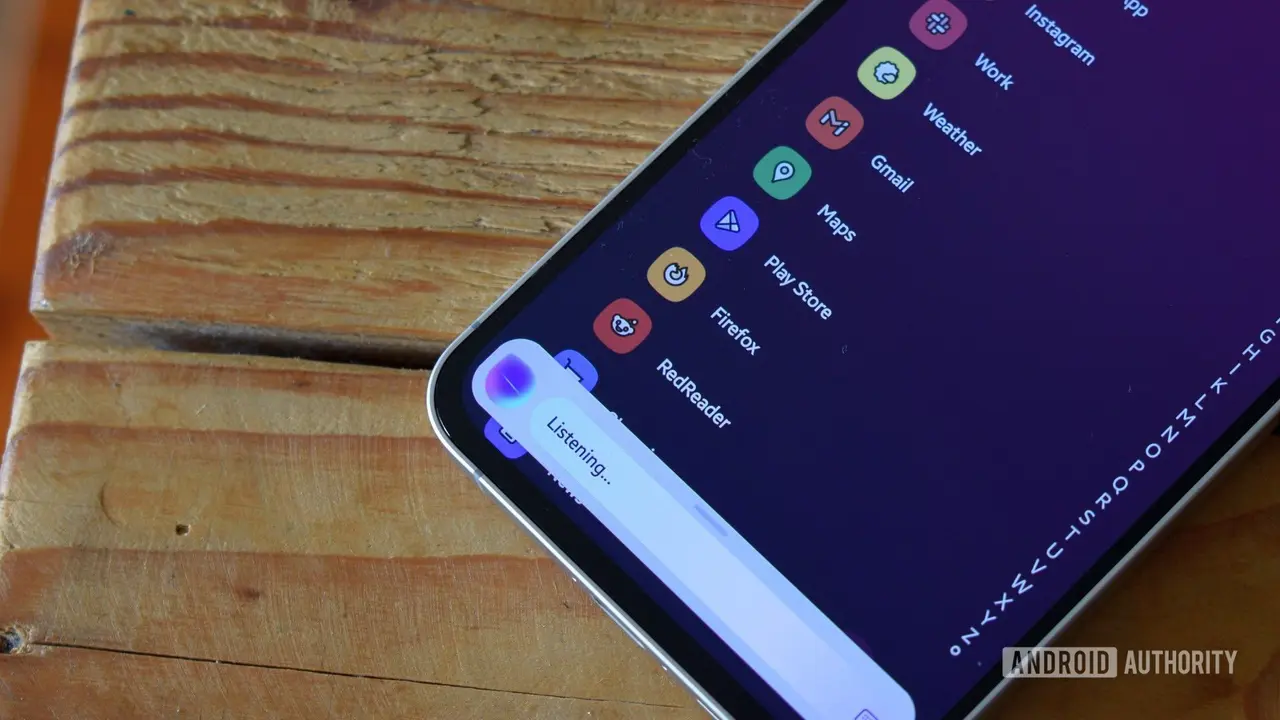Mayo Clinic Develops AI Tool to Detect Surgical Site Infections from Patient Photos
2 Sources
2 Sources
[1]
AI tool detects surgical site infections from patient-submitted photos
A team of Mayo Clinic researchers has developed an artificial intelligence (AI) system that can detect surgical site infections (SSIs) with high accuracy from patient-submitted postoperative wound photos, potentially transforming how postoperative care is delivered. Published in the Annals of Surgery, the study introduces an AI-based pipeline the researchers created that can automatically identify surgical incisions, assess image quality and flag signs of infection in photos submitted by patients through online portals. The system was trained on over 20,000 images from more than 6,000 patients across nine Mayo Clinic hospitals. "We were motivated by the increasing need for outpatient monitoring of surgical incisions in a timely manner," says Cornelius Thiels, D.O., a hepatobiliary and pancreatic surgical oncologist at Mayo Clinic and co-senior author of the study. "This process, currently done by clinicians, is time-consuming and can delay care. Our AI model can help triage these images automatically, improving early detection and streamlining communication between patients and their care teams." The AI system uses a two-stage model. First, it detects whether an image contains a surgical incision and then evaluates whether that incision shows signs of infection. The model, Vision Transformer, achieved a 94% accuracy in detecting incisions and an 81% area under the curve (AUC) in identifying infections. "This work lays the foundation for AI-assisted postoperative wound care, which can transform how postoperative patients are monitored," says Hala Muaddi, M.D., Ph.D., a hepatopancreatobiliary fellow at Mayo Clinic and first author. "It's especially relevant as outpatient operations and virtual follow-ups become more common." The researchers are hopeful that this technology could help patients receive faster responses, reduce delays in diagnosing infections and support better care for those recovering from surgery at home. With further validation, it could function as a frontline screening tool that alerts clinicians to concerning incisions. This AI tool also paves the way for developing algorithms capable of detecting subtle signs of infection, potentially before they become visually apparent to the care team. This would allow for earlier treatment, decreased morbidity and reduced costs. "For patients, this could mean faster reassurance or earlier identification of a problem," says Dr. Muaddi. "For clinicians, it offers a way to prioritize attention to cases that need it most, especially in rural or resource-limited settings." Importantly, the model demonstrated consistent performance across diverse groups, addressing concerns about algorithmic bias. While the results are promising, the team says that further validation is needed. "Our hope is that the AI models we developed -- and the large dataset they were trained on -- have the potential to fundamentally reshape how surgical follow-up is delivered," says Hojjat Salehinejad, Ph.D., a senior associate consultant of health care delivery research within the Kern Center for the Science of Health Care Delivery and co-senior author. "Prospective studies are underway to evaluate how well this tool integrates into day-to-day surgical care."
[2]
Mayo Clinic Researchers Develop AI Tool to Detect Surgical Site Infections From Patient-Submitted Photos | Newswise
Newswise -- ROCHESTER, Minn. -- A team of Mayo Clinic researchers has developed an artificial intelligence (AI) system that can detect surgical site infections (SSIs) with high accuracy from patient-submitted postoperative wound photos, potentially transforming how postoperative care is delivered. Published in the Annals of Surgery, the study introduces an AI-based pipeline the researchers created that can automatically identify surgical incisions, assess image quality and flag signs of infection in photos submitted by patients through online portals. The system was trained on over 20,000 images from more than 6,000 patients across nine Mayo Clinic hospitals. "We were motivated by the increasing need for outpatient monitoring of surgical incisions in a timely manner," says Cornelius Thiels, D.O., a hepatobiliary and pancreatic surgical oncologist at Mayo Clinic and co-senior author of the study. "This process, currently done by clinicians, is time-consuming and can delay care. Our AI model can help triage these images automatically, improving early detection and streamlining communication between patients and their care teams." The AI system uses a two-stage model. First, it detects whether an image contains a surgical incision and then evaluates whether that incision shows signs of infection. The model, Vision Transformer, achieved a 94% accuracy in detecting incisions and an 81% area under the curve (AUC) in identifying infections. "This work lays the foundation for AI-assisted postoperative wound care, which can transform how postoperative patients are monitored," says Hala Muaddi, M.D., Ph.D., a hepatopancreatobiliary fellow at Mayo Clinic and first author. "It's especially relevant as outpatient operations and virtual follow-ups become more common." The researchers are hopeful that this technology could help patients receive faster responses, reduce delays in diagnosing infections and support better care for those recovering from surgery at home. With further validation, it could function as a frontline screening tool that alerts clinicians to concerning incisions. This AI tool also paves the way for developing algorithms capable of detecting subtle signs of infection, potentially before they become visually apparent to the care team. This would allow for earlier treatment, decreased morbidity and reduced costs. "For patients, this could mean faster reassurance or earlier identification of a problem," says Dr. Muaddi. "For clinicians, it offers a way to prioritize attention to cases that need it most, especially in rural or resource-limited settings." Importantly, the model demonstrated consistent performance across diverse groups, addressing concerns about algorithmic bias. While the results are promising, the team says that further validation is needed. "Our hope is that the AI models we developed -- and the large dataset they were trained on -- have the potential to fundamentally reshape how surgical follow-up is delivered," says Hojjat Salehinejad, Ph.D., a senior associate consultant of health care delivery research within the Kern Center for the Science of Health Care Delivery and co-senior author. "Prospective studies are underway to evaluate how well this tool integrates into day-to-day surgical care." This research was supported by the Dalio Philanthropies Artificial Intelligence/Machine Learning Enablement Award and the Simons Family Career Development Award in Surgical Innovation. ### About Mayo Clinic Mayo Clinic is a nonprofit organization committed to innovation in clinical practice, education and research, and providing compassion, expertise and answers to everyone who needs healing. Visit the Mayo Clinic News Network for additional Mayo Clinic news.
Share
Share
Copy Link
Mayo Clinic researchers have created an AI system that can accurately detect surgical site infections from patient-submitted photos, potentially revolutionizing postoperative care and monitoring.
Mayo Clinic's Innovative AI Tool for Surgical Site Infection Detection
Researchers at Mayo Clinic have developed a groundbreaking artificial intelligence (AI) system capable of detecting surgical site infections (SSIs) with high accuracy from patient-submitted postoperative wound photos. This innovation has the potential to revolutionize postoperative care delivery, especially as outpatient operations and virtual follow-ups become increasingly common
1
2
.The AI System: A Two-Stage Approach
The AI system employs a two-stage model utilizing Vision Transformer technology:
- Detection of surgical incisions in images
- Evaluation of infection signs in identified incisions
The model achieved impressive results, with 94% accuracy in detecting incisions and an 81% area under the curve (AUC) in identifying infections
1
2
.Development and Training

Source: Medical Xpress
The AI-based pipeline was created to automatically identify surgical incisions, assess image quality, and flag signs of infection in photos submitted by patients through online portals. The system was trained on an extensive dataset of over 20,000 images from more than 6,000 patients across nine Mayo Clinic hospitals
1
2
.Potential Impact on Postoperative Care
Dr. Cornelius Thiels, a hepatobiliary and pancreatic surgical oncologist at Mayo Clinic and co-senior author of the study, emphasized the tool's potential to streamline postoperative care:
"Our AI model can help triage these images automatically, improving early detection and streamlining communication between patients and their care teams."
1
The researchers anticipate that this technology could lead to:
- Faster responses to patient concerns
- Reduced delays in diagnosing infections
- Improved care for patients recovering from surgery at home
- Earlier treatment interventions
- Decreased morbidity and reduced costs
1
2
Addressing Algorithmic Bias
An important aspect of the study was the model's consistent performance across diverse groups, addressing concerns about algorithmic bias in AI systems
1
2
.Related Stories
Future Prospects and Ongoing Research

Source: Newswise
While the results are promising, the research team acknowledges the need for further validation. Dr. Hojjat Salehinejad, a senior associate consultant of health care delivery research and co-senior author, stated:
"Prospective studies are underway to evaluate how well this tool integrates into day-to-day surgical care."
1
The researchers hope that this AI tool will pave the way for developing more advanced algorithms capable of detecting subtle signs of infection, potentially before they become visually apparent to the care team
1
2
.Funding and Support
This groundbreaking research was supported by the Dalio Philanthropies Artificial Intelligence/Machine Learning Enablement Award and the Simons Family Career Development Award in Surgical Innovation
2
.As AI continues to make strides in healthcare, innovations like Mayo Clinic's surgical site infection detection tool demonstrate the potential for technology to enhance patient care, improve outcomes, and revolutionize medical practices.
References
Summarized by
Navi
[1]
Related Stories
AI Model Revolutionizes Postoperative Risk Prediction Using Clinical Notes
05 Mar 2025•Science and Research

AI Model GLUCOSE Enhances Blood Sugar Management in Post-Cardiac Surgery Care
29 May 2025•Health

AI Breakthrough: New Tool Revolutionizes Detection of Rare Gastrointestinal Diseases
25 Oct 2024•Health

Recent Highlights
1
Grok's 'Good Intent' Policy Enables CSAM Generation as Regulators Launch Global Investigations
Policy and Regulation

2
OpenAI launches ChatGPT Health to connect medical records to AI amid accuracy concerns
Technology

3
Google and Character.AI settle first major lawsuits over teen suicide linked to AI chatbots
Policy and Regulation





